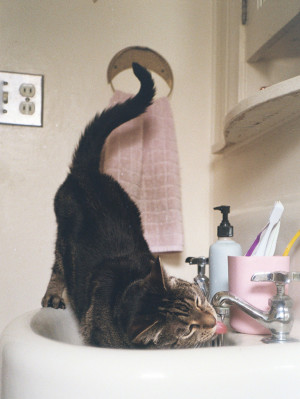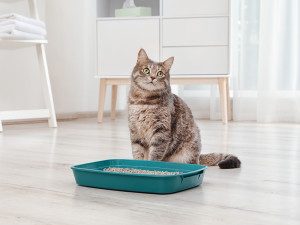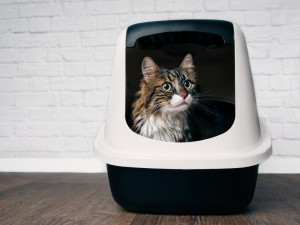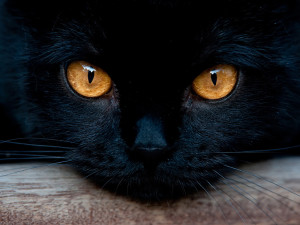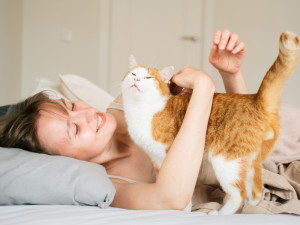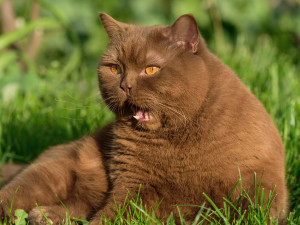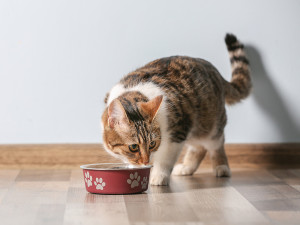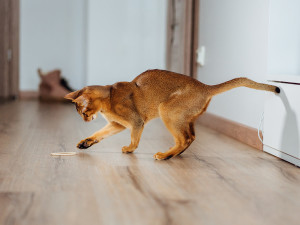UTIs Are Rubbish For Your Cat, Too
Here’s how to help them get relief
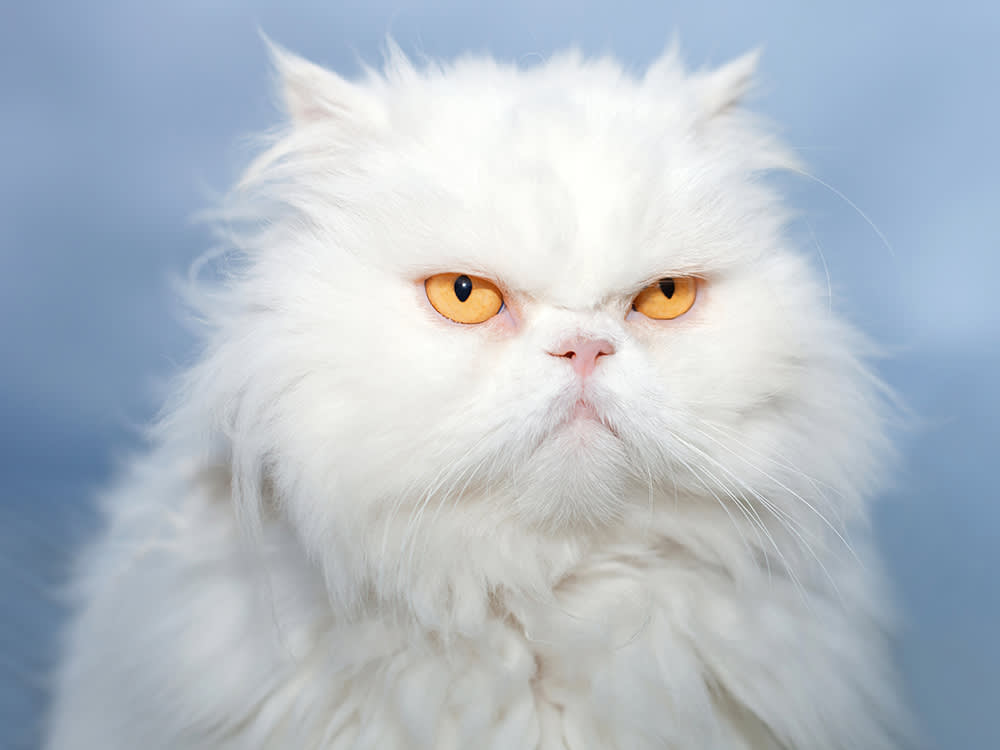
Share Article
You might know the feeling of a urinary tract infection (UTI) firsthand: the burning, the straining, the attempting to pee to no avail. Even if you haven’t had one yourself (firstly, lucky you), the chances are you’ve heard someone somewhere complain about it. So, if your cat gets a UTI, you can probably feel their pain – but you may not know how to spot the signs in the first place.
Now’s a good time to learn: UTIs are one of the most commonly treated problems at a vet clinic. As both a vet and a cat parent, I can assure you that you’ll likely be dealing with this one day, and, much like cats themselves, UTI cases in cats can be complicated. The urinary tract is a complex and sensitive system, composed of various regions that can lead to the overproduction of bacteria in the urine.

Get (totally free) deals for food, treats, accessories, tech and way more pet parenting must-haves.
In cats, there’s often more than one cause and each perpetrator needs to be dealt with in order for the infection to resolve. Below, I’ll break down why cats get UTIs, how to identify one and how you can help your kitty get some sweet relief.
Causes of UTIs in cats
Kidney disease
For normal urine production, cats first need functional kidneys. Kidneys are sensitive organs and can be damaged by high blood pressure, low oxygen, toxins and chronic ageing changes. If the kidneys aren’t functioning to their full potential, the concentration of the urine decreases – and bacteria have a field day, because they can thrive in diluted urine much more easily than in concentrated urine.
Stress
Moving along the urinary tract, we have the urinary bladder, which can also be the culprit for the urinary tract infection. The urinary bladder is basically a balloon, but a sensitive one. When cats become stressed, their urinary bladder can become inflamed and thickened, causing a condition called feline lower urinary tract disorder (FLUTD).
Diet
Diet is another potential cause of a UTI. Certain diets can cause the urine to become too alkaline, again allowing bacteria to flourish because the acid levels in the urine are so low. Moving down, we have the urethra. The urethra can be a route for bacteria to travel up to the bladder – yet another cause of a UTI. Cats can’t catch a break.
Cat UTI symptoms
The symptoms of a cat UTI are not unlike your own: frequent urination, straining to pee and blood in urine. Weeing in places other than the litter box, staying in the litter box for much longer than usual and frequently weeing only tiny amounts (or worse, keeps trying to do a wee and can’t) are all classic signs of a cat UTI. Your cat may also cry out when peeing, and/or you may notice blood in their pee. Even without those advanced symptoms, a UTI should not be ignored. The sooner you take your cat to the vet, the sooner treatment can be started.
How to treat cat UTIs
In general, treatment is aimed at clearing the infection and is also focused on any other parts of the urinary tract that may be causing the bacteria to overproduce. For example, if there are urinary stones, a diet change may be recommended to dissolve the stones or surgery may be the best option for your cat to remove the stones more quickly. If your cat has FLUTD, environmental changes to reduce stress can help.
There are also several calming diets and products that promote a healthy urinary tract that may be recommended by your vet. Your vet may want to test kidney function, check X-rays for stones and check the urine for infection. Remember, the infection could involve the entire urinary tract, so just checking the urine for infection is only one step.
Our final word on feline UTIs is this: it’s complicated. After all, we’re dealing with a whole system in the body, not a single organ. There could be many causes of a UTI, but most treatments are effective and will quickly help your cat feel much better. Hopefully you’ll be one of the lucky ones, and your cat will never have a malfunctioning urinary tract – but if you happen to find yourself in that situation, you’ll be able to come to their rescue.

Oneal Bogan, DVM
Oneal Bogan, DVM, is a mixed animal veterinarian from Colorado. Dr. Bogan loves the variety of animals she gets to work with. She owns her own mobile practice which provides at-home care to large and small animals. Dr. Bogan also works at a local small animal clinic. In her free time, Dr. Bogan loves to hike, ride horses, and read. She also loves writing and hopes her advice helps all pets live a happy, healthy life.
Related articles
![a black cat’s amber eyes]()
Why Do Cats’ Eyes Glow in the Dark?
Those glowing orbs are actually a pretty useful result of evolution
![Woman laying on her bed while hugging her cat]()
Why Does My Cat Wake Me Up At the Crack of Dawn?
Here’s what to do when your cat starts pawing at your face before the sun has even come up
![brown cat in grass]()
Hairballs: A Tangled Web
What to do when your cat hawks one up
![cat eating sensitive stomach food for cats]()
Do Cat Foods For Sensitive Stomachs Really Help?
Dr Bruce Kornreich explains why going this route isn’t always the answer
![Tabby cat leaning into a porcelain sink, tail curled in the air, as it sticks its tongue out to drink water from the faucet.]()
Why Is My Cat So Damn Thirsty?
No, not like that. They’re literally drinking a lot of water. Here’s when you should be worried
![Cat playing and jumping with a rubber band]()
What Should I Know About FIV in Cats?
The most common questions about feline immunodeficiency virus, answered. Good news: most FIV positive cats live long, happy lives
